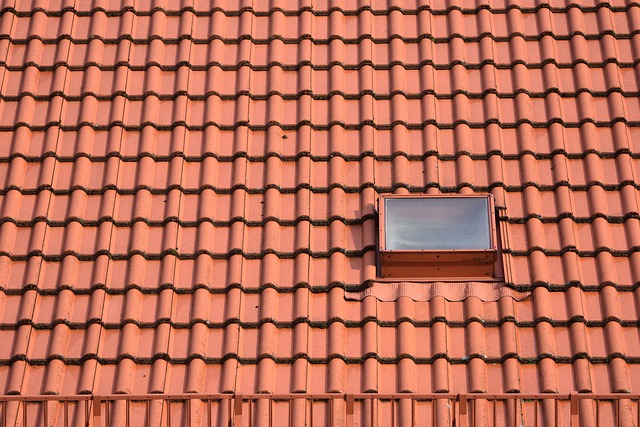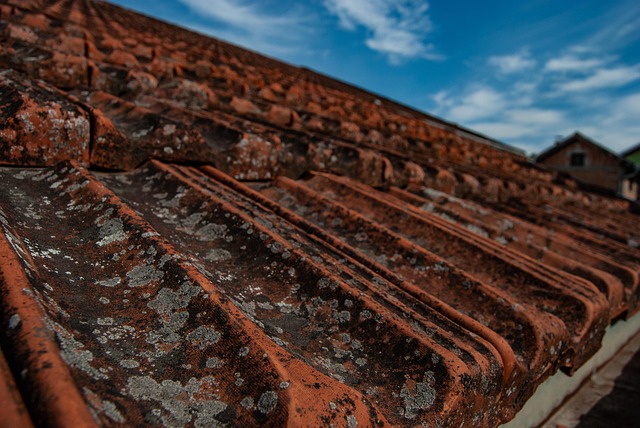In humid Austin, proper roof ventilation is crucial for preventing mold, wood rot, and structural damage by keeping attics dry. Blocked or faulty vents cause moisture buildup, leading to leaks, insulation damage, and weakened structures. Austin roof repair specialists recommend regular inspections, addressing vent blockages, and using strategic vent placement, ridged roofing materials, and active air flow mechanisms for optimal ventilation. Early intervention and proper ventilation systems protect homes from costly repairs and enhance energy efficiency.
“In the world of Austin roof repair, understanding roof ventilation is key to preventing moisture buildup. This can lead to various issues, from mold growth to structural damage. This article delves into the basics of roof ventilation and explores common problems specific to Austin’s climate. We guide you through identifying problem areas, assessing damage, and offer effective solutions for improving ventilation. Additionally, learn long-term prevention strategies to maintain a dry attic space, ensuring your home remains in optimal condition.”
- Understanding Roof Ventilation: The Basics of Moisture Control
- Common Austin Roof Repair Issues Leading to Moisture Buildup
- How to Identify Problem Areas and Assess Damage
- Effective Solutions for Improving Roof Ventilation
- Long-Term Prevention Strategies: Maintaining a Dry Attic Space
Understanding Roof Ventilation: The Basics of Moisture Control

Roof ventilation is a vital aspect of home maintenance, particularly in humid climates like Austin. Proper ventilation helps regulate temperature and humidity within your attic space, preventing excessive moisture buildup. This is crucial as excess moisture can lead to serious issues such as mold growth, wood rot, and even structural damage over time.
Moisture control begins with ensuring adequate airflow at three key points: vents near the roof’s ridge, soffit vents along the eaves, and fascia vents attached to the roof’s underside. Austin roof repair experts emphasize that these vents should be clean and unobstructed to permit natural air circulation. By maintaining proper ventilation, you create a balance that keeps your attic cool, reduces humidity levels, and ultimately safeguards your home from costly repairs related to moisture-related damage.
Common Austin Roof Repair Issues Leading to Moisture Buildup

In Austin, roof ventilation issues are prevalent due to the unique climate and varying weather conditions. One of the primary concerns is inadequate air circulation, often caused by blocked or faulty vents. This problem leads to moisture buildup, as warm, humid air gets trapped within the attic space. Over time, this can result in significant damage to the roofing material, insulation, and even structural components of the building.
Another common issue is poor flashing, which acts as a seal between the roof and various fixtures like chimneys or vents. Flashing degradation allows water to seep into cracks, leading to leaks and subsequent moisture accumulation. Additionally, Austin’s hot summers can cause the roofing materials to deteriorate faster, further exacerbating ventilation problems. Regular austin roof repair is crucial in addressing these issues to maintain a dry and well-ventilated attic environment.
How to Identify Problem Areas and Assess Damage

Identifying problem areas is a crucial step in fixing roof ventilation issues and preventing moisture buildup in Austin roof repair. Start by examining your roof for any visible signs of damage, such as missing or damaged shingles, flashing, or gutters. Look for areas where leaks have occurred previously, as these spots may be more susceptible to future problems. Additionally, check for excessive dampness or mold growth on the interior of your home, especially in attics and crawl spaces, which can indicate poor ventilation.
Assessing the extent of the damage involves a thorough inspection of the roof’s structural components. Check the vents, exhaust fans, and soffits for blockages or disconnections. Look for signs of rust or rot on ventilating materials like metal or wood. Measuring moisture levels in the air and using thermal imaging to detect temperature variations can also help identify problem areas. These steps are essential in pinpointing the root causes of ventilation issues, enabling you to implement effective solutions during your Austin roof repair.
Effective Solutions for Improving Roof Ventilation

Effective solutions for improving Austin roof repair and ventilation involve a combination of strategic openings and material choices. Start by ensuring adequate vents along the roof’s ridge line and under eaves, allowing for continuous air flow. Consider installing ridged roofing materials with built-in ventilation channels that promote air circulation. Additionally, implementing wind turbines or power vents can actively draw out moist air, preventing condensation build-up.
For existing structures, assess if any blockages are hindering natural airflow and address these issues promptly. Regular cleaning of vents and gutters is crucial to maintain optimal ventilation. Remember, proper roof ventilation not only prevents moisture damage but also extends the lifespan of your roofing system, making it an investment worth prioritizing in your Austin roof repair endeavors.
Long-Term Prevention Strategies: Maintaining a Dry Attic Space

Preventing moisture buildup in your attic space is a long-term strategy for maintaining a dry and healthy home environment, recommended by Austin roof repair experts. Regular inspections are key to identifying potential issues like leaky vents or inadequate insulation. By addressing these problems early, you can avoid costly repairs down the line associated with water damage, mold growth, and reduced energy efficiency.
Implementing proper ventilation systems ensures consistent air circulation, expelling humid air and preventing condensation buildup. Additionally, enhancing attic insulation traps heat during winter and keeps cool air in during summer, further mitigating moisture problems. These measures, combined with regular maintenance, create an ideal environment for your home’s structural integrity and comfort.
Roof ventilation issues in Austin can lead to significant moisture buildup, causing various problems for homeowners. By understanding the basics of roof ventilation and identifying common issues, you can take proactive steps to improve airflow. Effective solutions, such as installing vents, fans, or implementing proper insulation, are crucial for maintaining a dry attic space. Additionally, long-term prevention strategies, including regular maintenance and timely repairs, will safeguard your home from costly damage caused by moisture intrusion. When it comes to Austin roof repair, addressing ventilation problems is key to preserving the integrity of your property.
